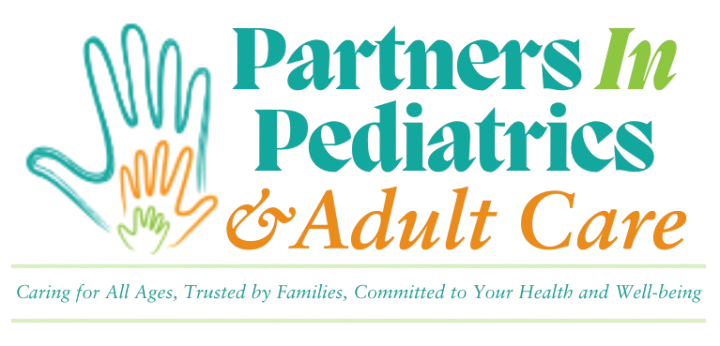
What Is Autism?
Autism spectrum disorder (ASD) is a group of complex, lifelong developmental conditions that affect how a person communicates, interacts socially, and behaves. The spectrum includes a wide range of symptoms and levels of impairment—from mild challenges, such as in Asperger’s syndrome, to more severe forms that can significantly affect daily functioning.
Autism is increasingly common, affecting more than 1% of children. It is about four times more prevalent in males than in females. Other classifications within the autism spectrum include:
- Pervasive developmental disorder – not otherwise specified (PDD-NOS)
- Childhood disintegrative disorder
- Rett syndrome (a rare genetic disorder)
Causes of Autism
The exact cause of autism is not fully understood, but research points to a combination of genetic and environmental factors. Families with one autistic child have a higher chance of having another with the disorder. Additionally, children from families with psychiatric conditions, such as bipolar disorder, may be at greater risk.
Abnormalities have been identified in the brains of individuals with autism, and some mutated genes involved in brain development and neurotransmission have been linked to the condition. While studies continue, vaccinations and parenting styles have been ruled out as causes.
Signs of Autism
Symptoms of autism typically appear between the ages of 2 and 6, though subtle signs may be noticeable earlier. Early diagnosis and intervention can significantly improve outcomes.
Common early indicators may include:
- Lack of eye contact
- Limited response to name
- Delayed or regressive speech
- Rare or absent smiling
Other behavioral signs may include:
- Fixation on specific objects
- Focus on parts rather than wholes (e.g., spinning wheels)
- Difficulty understanding facial expressions or gestures
- Lack of empathy
- Preference for playing alone
- Unusual speech patterns or tone
- Repetitive behaviors (e.g., hand-flapping, spinning)
- Resistance to changes in routine
- Sensory sensitivities (e.g., aversion to touch or sound)
- Apparent indifference to pain
Though symptoms may improve with age and treatment, autism is a lifelong condition.
Diagnosis of Autism
Autism is diagnosed based on clinical evaluation, not a single medical test. While parents, teachers, and caregivers may observe symptoms, only a qualified healthcare professional can confirm the diagnosis using criteria outlined in the DSM-5 (Diagnostic and Statistical Manual of Mental Disorders).
Recent updates to the DSM criteria have led to some children previously diagnosed with ASD now receiving a diagnosis of social communication disorder (SCD) instead. This change remains controversial, as it may limit access to services for some children.
Treatment of Autism
While there is no cure for autism, a combination of behavioral therapy, medication, and in some cases, alternative therapies, can help manage symptoms and improve quality of life.
Applied Behavioral Analysis (ABA)
ABA is a structured therapy that helps children develop communication, social, and learning skills. Tasks are broken into manageable steps, and each success is positively reinforced. ABA can be delivered by professionals and reinforced by parents, teachers, and caregivers in everyday settings.
Family therapy is often beneficial for helping families navigate the emotional and practical challenges of raising a child with autism.
Medications
Though medications do not treat autism itself, they can help manage associated symptoms, such as:
- Obsessive-compulsive behavior
- Social anxiety
- Depression
- Hyperactivity
- Severe behavioral issues (sometimes treated with antipsychotics)
- Seizures (20–30% of individuals with autism may develop epilepsy, requiring anti-seizure medication)
Alternative Therapies
Some families explore complementary or alternative treatments, including:
- Special diets (e.g., gluten-free, casein-free)
- Nutritional supplements
- Chelation therapy (removal of heavy metals)
These treatments are controversial due to limited scientific support. However, anecdotal reports suggest they may benefit some children. Families interested in these options should consult with their child’s healthcare provider.
